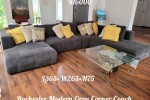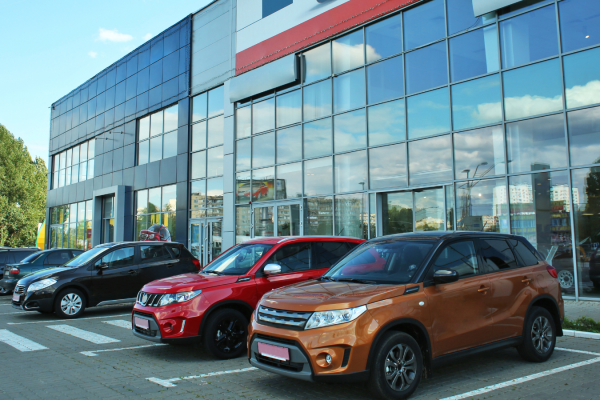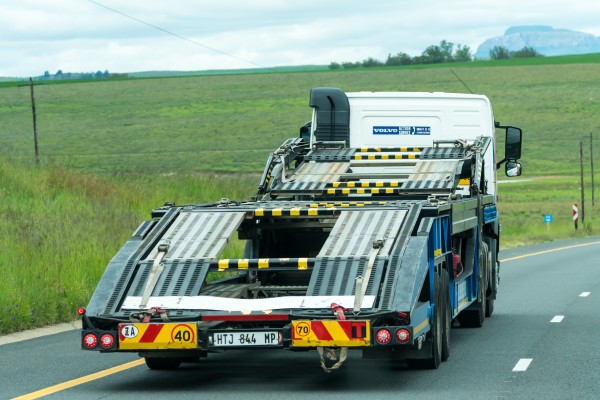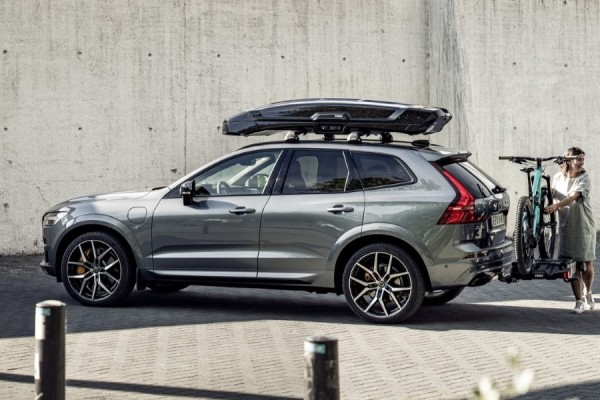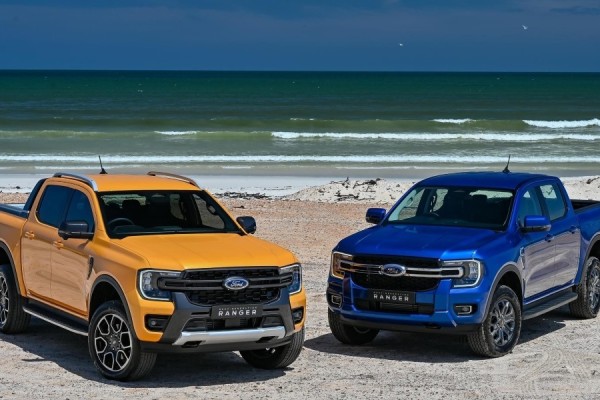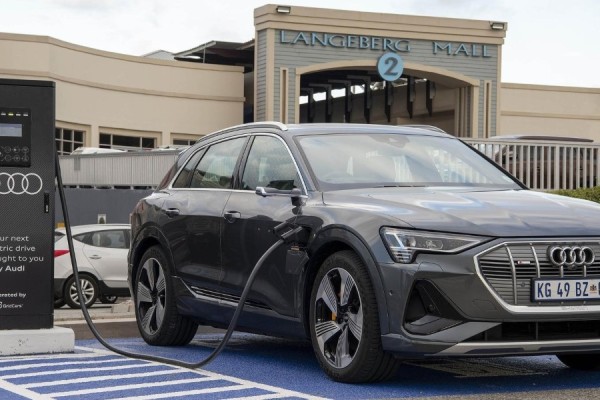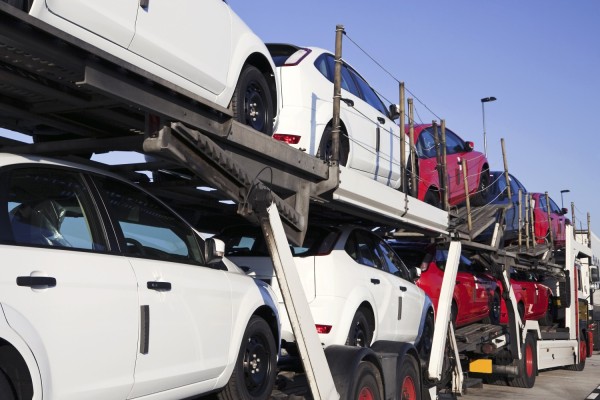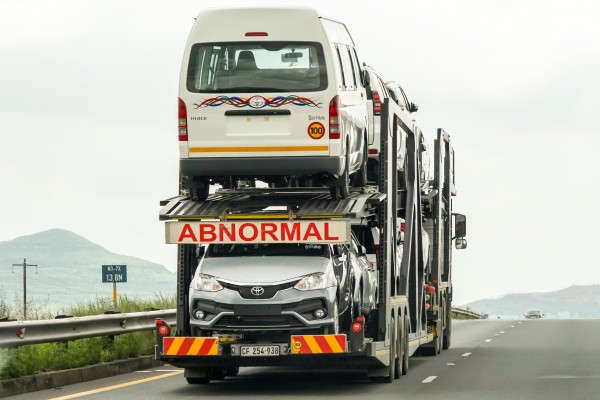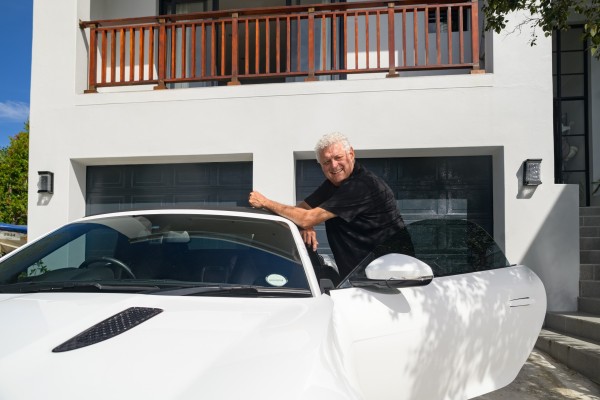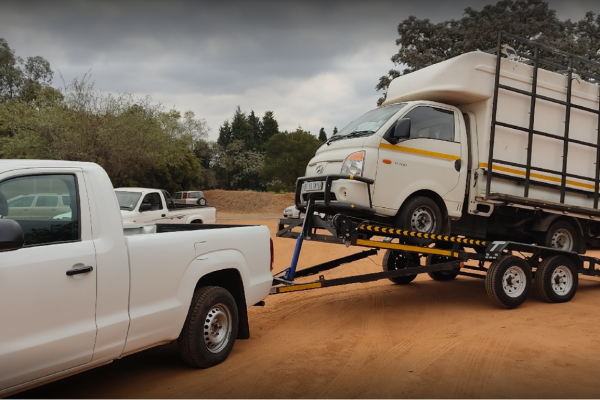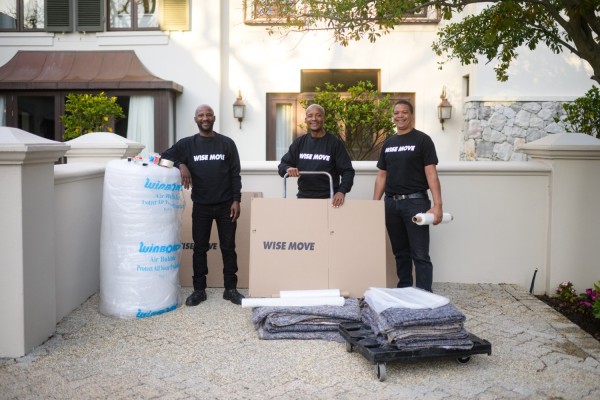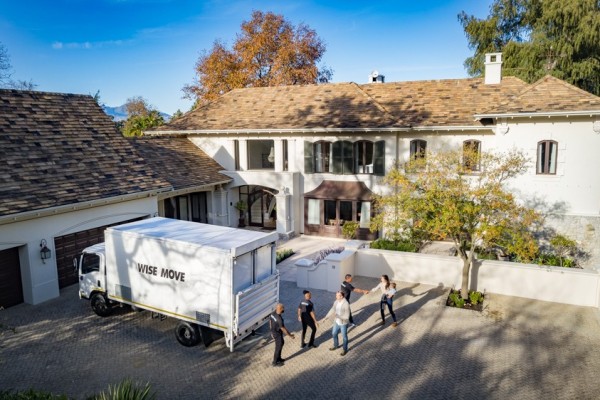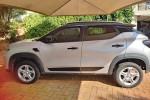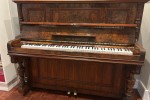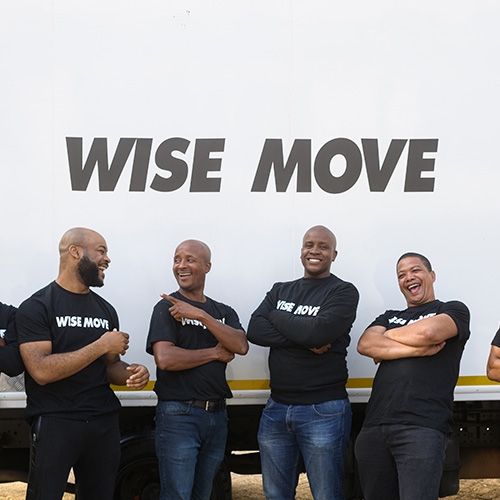How To Buy A Reliable Used Car In South Africa | Expert Opinion

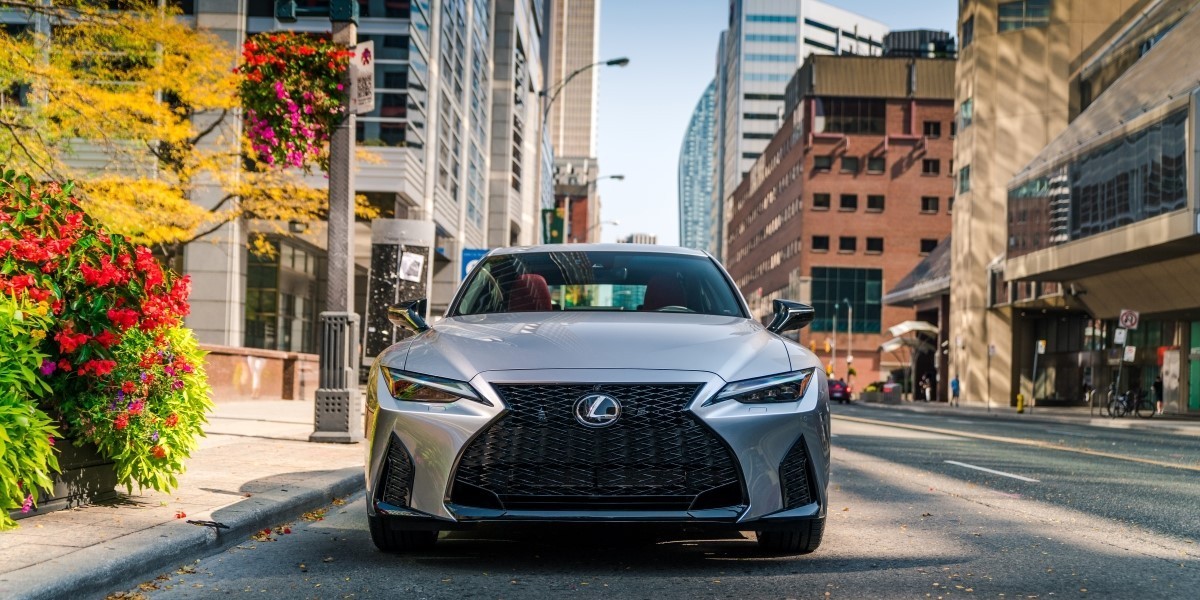
New cars suffer significant depreciation. And the more expensive they are, the steeper they depreciate.
Depreciation curves are an opportunity if you want to own that dream car that would ordinarily be beyond your budget. But the risk is buying something which might cost you a troubling amount of money to repair and maintain, when things go awry. And if you buy a used car with latent issues, a lot can go wrong.
Visual inspection offers only a little clue as to whether a car is in excellent mechanical condition. A few paint chips and exterior surface dings can easily be repaired, giving any car a ‘new’ presence. The potential mechanical issues with engine internals, gears and electronics can turn that bargain buy into a veritable nightmare ownership experience.
If you aren’t an automotive engineering savant, how do you confidently shop for a used car? The best principle is to buy the most reliable brand and its constituent models. These cars might not have the most dashing design or best collection of features, but they’ll return an honest automotive journey on your investment.
Legacy And Simplicity Are Everything
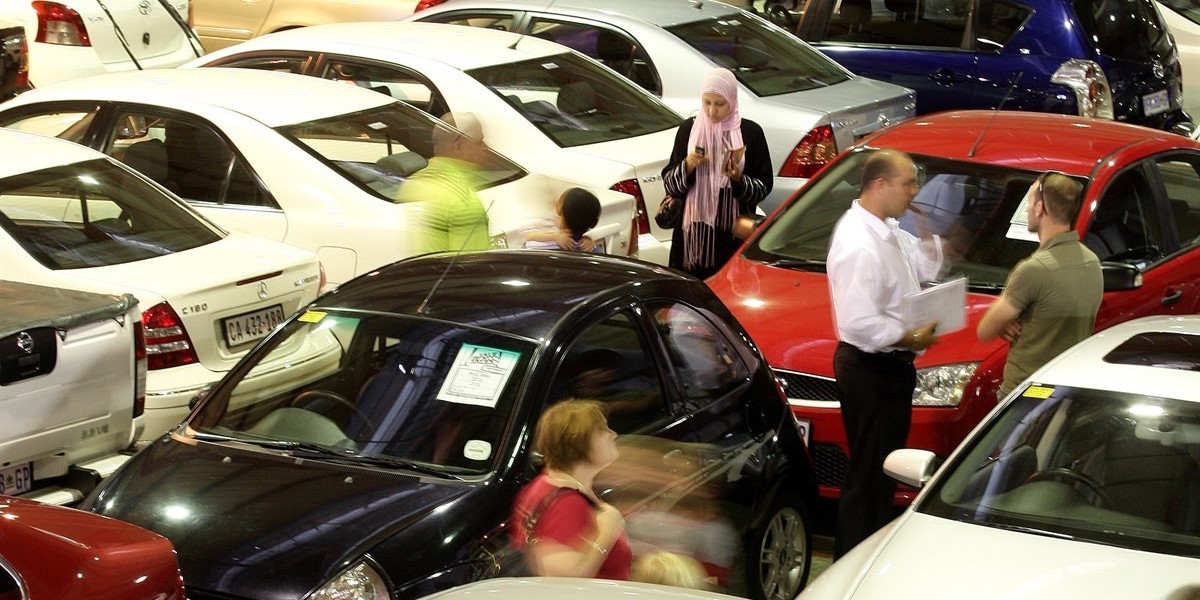
There are car companies with established reputations. And the market perception of these alters very slowly over time.
German car companies are still regarded as the reference for engineering integrity and innovation. And although that might be true in broad terms, German luxury cars are some of the worst depreciators out there. Because the long-term running costs are crippling.
Why? All the vanguard technology that Germany luxury car brands use are like your Smartphone or laptop: great for the first few years, but deeply problematic thereafter.
It’s very different with Toyota. The Japanese brand’s vehicles suffer very little depreciation, despite not being overly sophisticated. Toyota never wins in a feature comparison between models, referencing the latest technical features, but Toyota’s content is essentially bombproof. And the benign depreciation that Toyotas suffer is evidence that they last – a long time. With negligible maintenance cost shocks, even after 100 000km.
Early Adopter Technologies Are Usually A Disaster
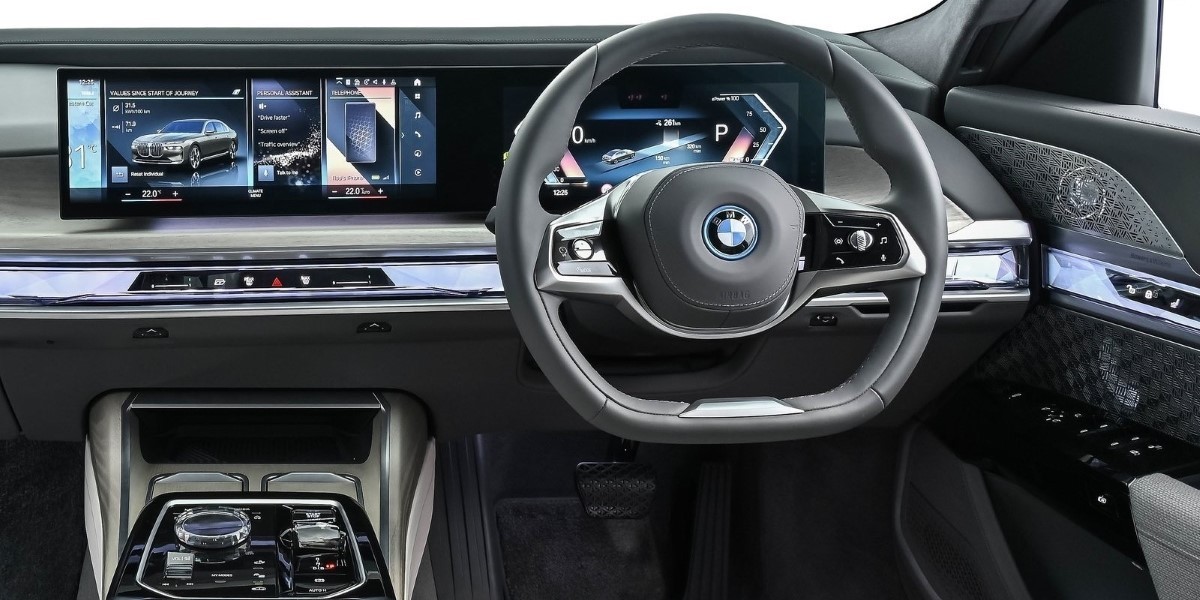
Enhanced infotainment and safety features have surged the tide of electronic and mechatronic evolution for all car brands and models. You will never buy a used car without a touchscreen or seamless Smartphone integration.
The issue is differentiating between necessary electronics and options features. And it’s the latter that usually goes wrong, at great cost. Larger and more feature-laden infotainment screens are trouble in the long term. Would you trust a touchscreen laptop to run smoothly beyond five years? Probably not. Think similarly about a large touchscreen in your car.
Would you trust a touchscreen laptop to run smoothly beyond five years? Probably not. Think similarly about a large touchscreen in your car.
Less Spec Is Best
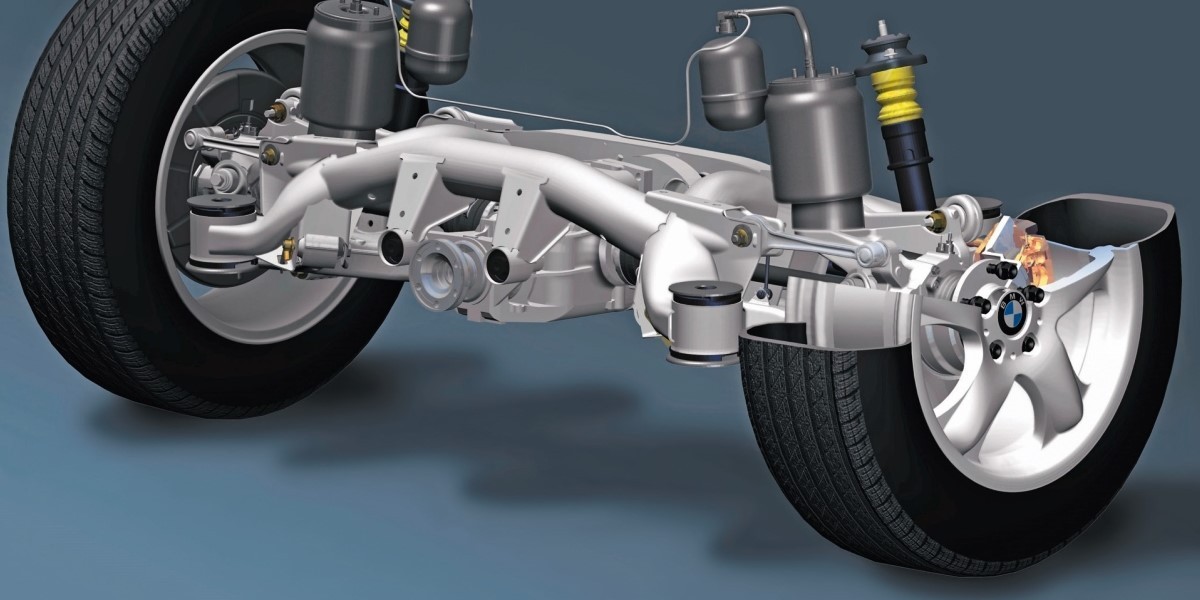 There is a remarkable correlation between the presence of luxury features and problematic ownership costs, measured over time.
There is a remarkable correlation between the presence of luxury features and problematic ownership costs, measured over time.
You can save a lot of admin and issues by not being seduced by lavish specification and equipment levels. Powered and heated seats are nice, but they are a nightmare issue to resolve when they fail. And if the used car you are interested in had been a family car with many different drivers of diverse sizes, chances are those powered seats have been doing a lot of adjusting. And suffering wear.
A sunroof on any South African vehicle is ridiculous, due to the country’s UV-radiation profiling. Sunroofs also have seals that can develop leaks and contain those tiny little servo motors, which love to fail without warning – and are annoyingly expensive to replace.
If you are shopping for that bargain used luxury SUV, be very distrustful of anything that rides on air-suspension. It might deliver unrivalled ride quality and handling stability, but air-suspension systems are ruinously expensive to repair when they fail.
There’s a reason that Toyota, one of the most experienced and successful manufacturers of luxury SUVs, doesn’t use air-suspension in any of its vehicles.
Korean And Japanese Brands
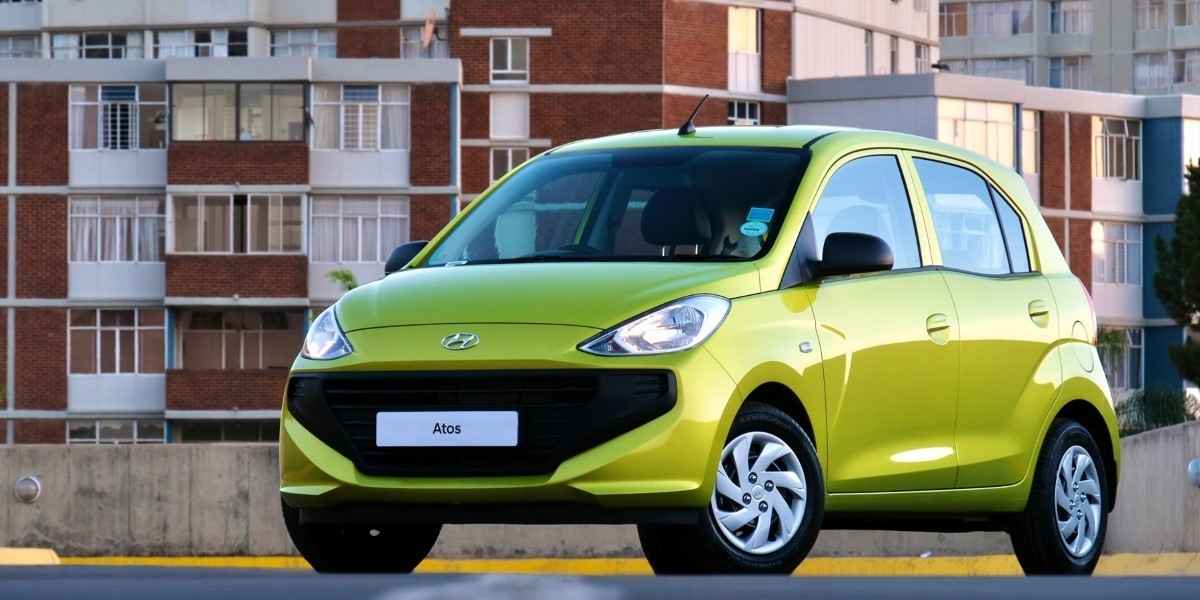
All reliability and durability studies relating to cars are imperfect. The only true way of determining the most reliable brand or model is to access all the warranty and servicing data for each car produced, and track its maintenance cost during a lifecycle. And no car company will give you the login credential and password for that data.
That doesn’t mean reliability surveys are entirely irrelevant. If we collate and decode all the data from the leading reliability surveys, there is a constant trend: Asian cars rank highly.
Although a luxury car brand, Lexus often ranks first on many reliability surveys. Its parent company, Toyota, is usually second or third. Korean brands as ascending, too. Hyundai and Kia benefit from the excellent talent in electronic engineering available in Korea. And that matters in the used car market because, as we’ve explained: electronic gremlins are where some of the most severe repair costs are.
The other benefit of Korean cars being ranked highly for reliability is that they offer several affordable models. Hyundai’s Atos and i10, or Kia’s Picanto, are fun to drive and notably reliable.
The Buying Local Advantage
South Africans are in a different position from other African car markets. They can choose from various brands and models, which are locally built. And an advantage of that is an established supply chain, regarding parts and servicing skills.
BMW, Ford, Isuzu, Nissan, Mercedes-Benz and Volkswagen are car companies with local assembly. If you buy one of the locally built models from any of these, there’s a good chance it will have affordable parts and many skilled technicians familiar with it in the used market. Why? Because government requires locally built cars to have a specific percentage of locally sourced content. And a locally built service and repair part, will always be cheaper than an imported one.
If you buy one of the locally built models from any of these, there’s a good chance it will have affordable parts and many skilled technicians familiar with it in the used market. Why? Because government requires locally built cars to have a specific percentage of locally sourced content.
BMW’s X3 and Mercedes-Benz’s C-Class are locally built, but possibly beyond the affordability spectrum for most buyers shopping for a used car bargain. Suppose you like the idea of a bakkie. In that case, you are in luck, as Ford’s Ranger, Isuzu’s D-Max and Toyota’s Hilux are all locally built, with credible legacy supply and service skills resources to support them as used vehicles.
And if you’d like a car? Toyota’s Corolla Quest and Volkswagen Polo Vivo could make good used vehicle buys. They aren’t too tech-laden, have rudimentary infotainment systems and are built with a high percentage of local parts – meaning they are reasonably affordable to keep going.
What do our customers say?

